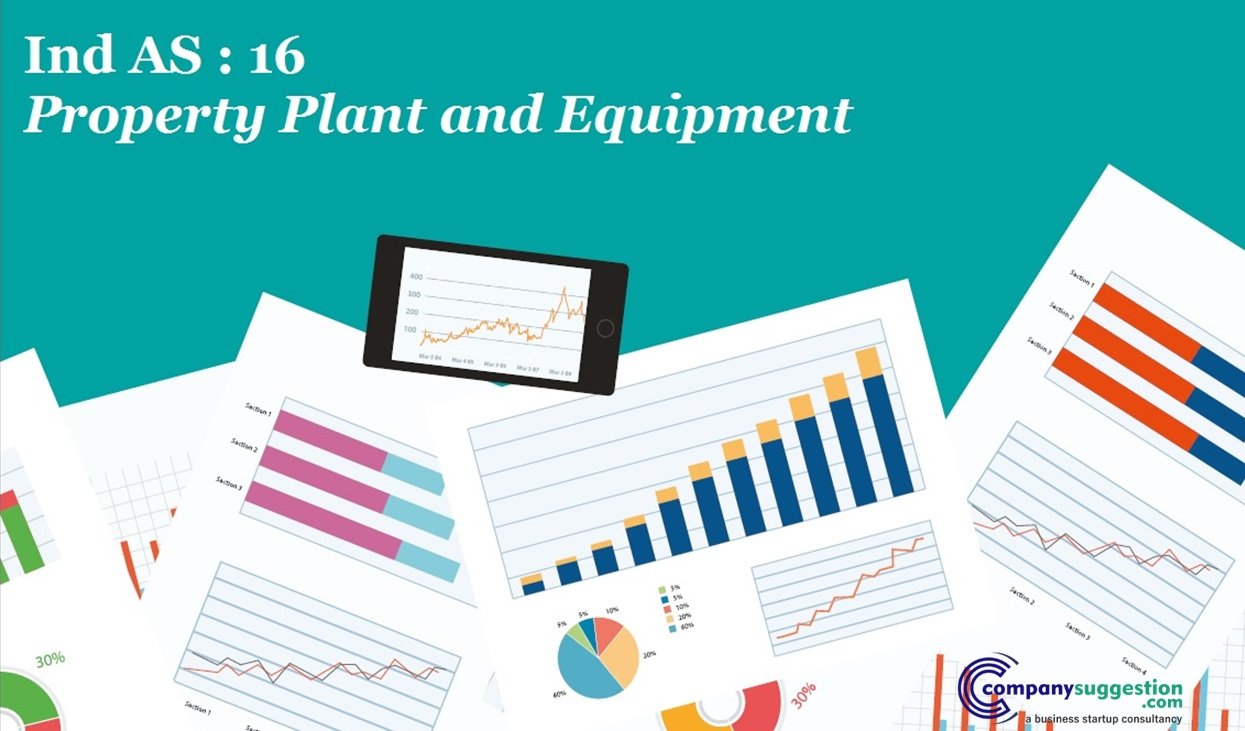

Such costs are rather recognized in the statement of Profit and Loss at the time they are incurred. While recording items of PPE and their carrying amount in the books of accounts, the business entity does not include the cost incurred on the day to day servicing of such items. This is because the amount of such an item is not material in nature. Lastly, the business entity may choose to treat an item as an expense which would otherwise have been categorized under PPE. that are not of material nature are aggregated and hence the criteria for PPE is applied to such aggregate value. Likewise, items such as moulds, dies etc. Thus, accounting professionals need to make use of proper judgment to recognize an item as PPE under specific circumstances. įurther, AS 10 does not specify any unit of measure for an item of PPE. If not so, such items are categorized under inventory. Cost of such an asset can be reliably measuredĪlso, items like spare parts, stand-by-equipment and servicing equipment are considered as Property, Plant and Equipment only when such items meet the criteria of PPE as per AS 10.The future economic benefits expected to arise from such an asset would come to the business entity.In reality, a company’s PP&E could consist of many different types of assets, each with their own methods and rates of depreciation, and there could be additional complexities if assets are bought or sold during the fiscal year.The cost of an asset that comes under Property, Plant and Equipment as per AS 10 is identified as an asset only if: Keep in mind that these numbers are greatly simplified for the purposes of this example.

Land is not depreciated as it is considered to have an indefinite useful life. However, each year, a portion of the value of the plant and equipment (and the buildings part of property) will be depreciated and the carrying amount of PP&E will reduce by the depreciation expense, reflecting the wear and tear on these assets over time. This $15,500,000 would be the initial value of PP&E reported on the balance sheet.

So, in the balance sheet of “Mega Manufacturing Inc.”, the total value of the Property, Plant, and Equipment (PP&E) would be calculated as: Equipment: It has computers, office furniture, company cars and other miscellaneous equipment valued at $500,000.Plant: It has a manufacturing plant with all the machines, production lines and associated technology valued at $5,000,000.Property: It owns a piece of land valued at $2,000,000 and buildings (factories, offices, warehouses) valued at $8,000,000.“Mega Manufacturing Inc.” has the following assets: Let’s consider a fictional manufacturing company, “Mega Manufacturing Inc.” Example of Property, Plant, and Equipment A high level of PP&E may indicate a significant investment in the business and a long-term growth strategy, but it also could indicate slower cash flow and less financial flexibility. This process matches the cost of the asset with the revenues it helps to generate over time.įurthermore, understanding a company’s investment in PP&E can give investors a better idea of the company’s capital expenditure and growth strategy. The cost of these assets is not expensed immediately on the income statement, but is instead capitalized and depreciated over the expected life of the asset. PP&E is a key item on the balance sheet and is important for many businesses.

These assets are also depreciated over their useful lives.


 0 kommentar(er)
0 kommentar(er)
